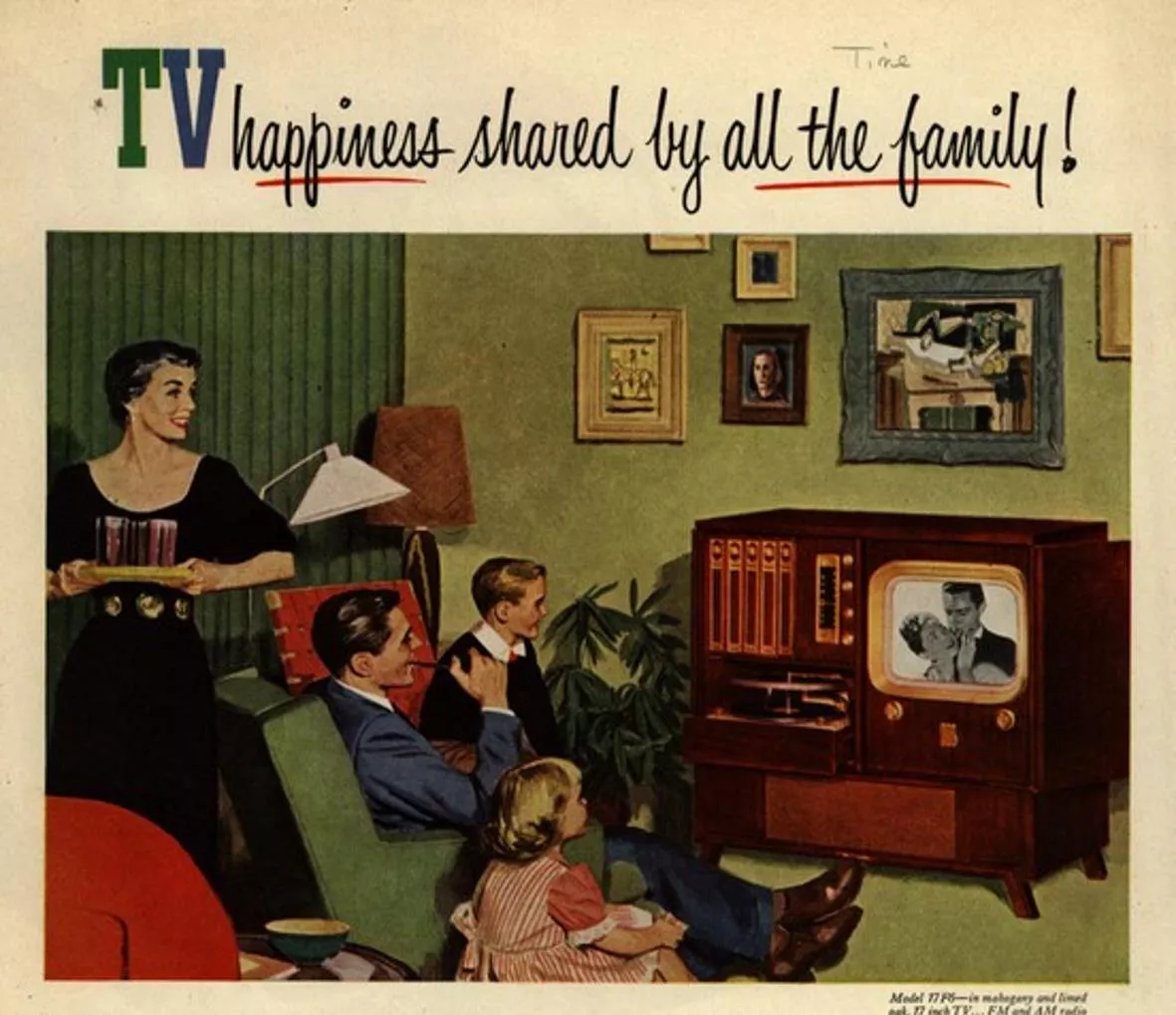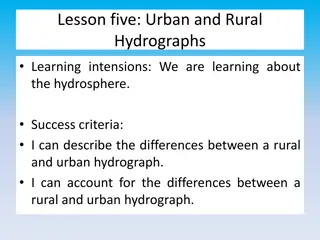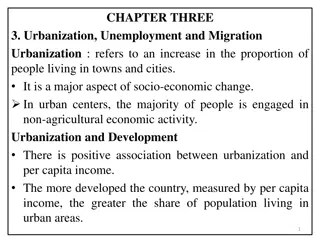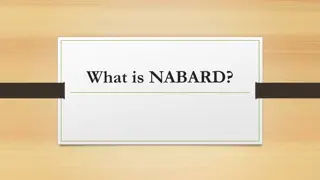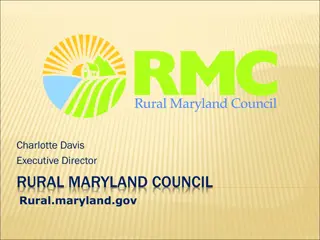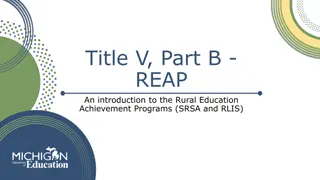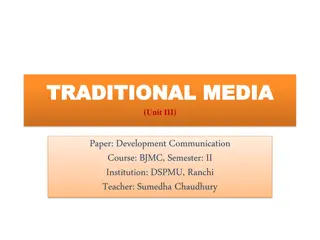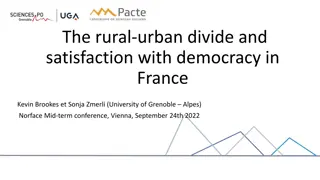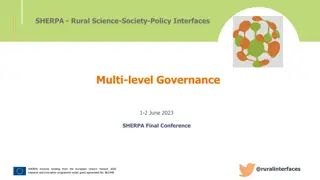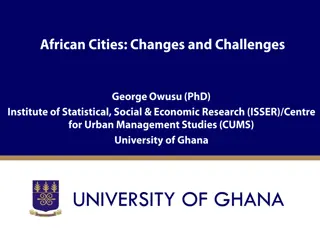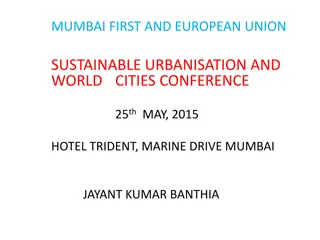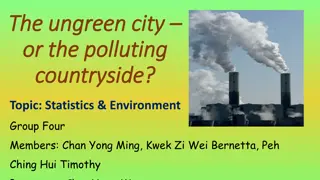The Transition from Rural Community to Urban Mass Society: Impact of Media Technologies
Our lives are influenced by the saturation of media technologies and images, leading to questions on American culture and politics. The shift from rural community to urban mass society has resulted in individuals being isolated and disconnected from traditions and values, shaping their hearts and minds through mass-mediated propaganda. The study of signs, semiotics, reveals how meanings are communicated through signifiers and signifieds. Explore how the evolution of society has impacted communication and culture.
Download Presentation

Please find below an Image/Link to download the presentation.
The content on the website is provided AS IS for your information and personal use only. It may not be sold, licensed, or shared on other websites without obtaining consent from the author. Download presentation by click this link. If you encounter any issues during the download, it is possible that the publisher has removed the file from their server.
E N D
Presentation Transcript
IS THIS HOW THEY SEE ME MASSES, MESSAGES AND MEANINGS Richard T. Craig George Mason University
The Ubiquity of the Media Environment Our lives are saturated with media technologies and images.
The Mass Society Questions: What happened to American Culture and Politics? (1865-1939) How did we get to the point where the public or rather, the masses can have their hearts and minds shaped by mass mediated propaganda? How did we get to the point where the new, powerful means of mass communication have become polluted with mindless mass culture ? The Answer: The Transition from Rural Community to Urban Mass Society.
Rural Community (Gemeinschaft) Social stability. Strong collective values. Reliance on traditional authorities. Folk culture: organic, participatory.
Urban Mass Society (Gesellschaft) Atomized individuals without social ties pour into city. Cut off from traditions, values, folk customs. The new urban masses: isolated, anonymous individuals crammed together in the new industrial city.
Semiotics: The Study of Signs (Symbols) Signs are things (objects, words, images) that have a meaning. How do roses a physical object communicate meanings (such as )?
Sign = Signifier + Signified Signified The meaning itself. The abstract concept carried by the signifier. Signifier The physical carrier of meaning. Word (sound), Word (written), Image, Object.
Sign = Signifier + Signified Signifier + Signified = (Sign) + Love/Passion = (Roses=I Love You) Writing on Card Love You) ( I Love You ) + Love/Passion = (Words = I Signifieds (meanings) must be associated with, or carried by, signifiers (physical carriers) in order to be communicated from one person to another.
Sign = Signifier + Signified Two Important Points: 1. You cannot communicate abstract concepts without physical carriers (images, words on a page, the sound of my voice).
The Arbitrary Nature of Signs 2. The relationship between signifiers and signifieds is arbitrary. There is nothing inherent in the roses that requires us to associate them with passion. Could you fix my Dodge Dakota?
But, if Signs are Arbitrary, How Did (S)he Get What I Meant? Cultural Codes and Conventions (S)he got the meaning because (s)he and I shared the same cultural codes and conventions. These codes and conventions tell us both to associate the signifier of a bunch of roses with a particular signified or meaning "I love you."
So What Does Semiotics Have to Do with Cultural Studies? The job of the analyst is to determine how a media text links up signifiers that is, certain images, certain forms of language, and certain sounds to communicate particular signifieds (ie, particular social and cultural meanings).
Cultural Studies: Textual/Semiotic Analysis What meanings (signifieds) did the author intend to communicate by selecting and combining these particular signifiers -- these particular words, images, or narratives? How is the text, and others like it, encouraging us to think about ourselves, others, and the society we live in?
Denotation and Connotation Two Levels of Meaning Denotation The Surface, Literal Meaning of a Sign. Connotation The Implicit, Expressive, Cultural Meaning of a Sign. A single sign can express both denotative and connotative meanings. What is he handing you? (denotation) What does it mean, at a cultural level? (connotation)
Stuart Halls Encoding Decoding Model Encoding TextDecoding The carrier of the producer s meaning. Producers Assemble signifiers and arrange them to communicate particular meanings. The intended Meaning is the preferred meaning. Audience actively interprets the text, drawing on their own personal experiences to produce a particular reading of the text (i.e. to associate the signifiers with specific signifieds. Three outcomes of decoding Dominant reading = audience decodes meaning of the text in line with the producer s intentions (viewer reproduces the preferred meaning Oppositional reading = Audience rejects totally the social and political meanings and values preferred by the producer. Negotiated reading = audience endorses some elements of the message, while rejecting other parts.
References Al Mamun Khan, M. F. (2014). Semiotics: The Representation, Construction and Evaluation of Reality. Language in India, 14(8), 78 89. Hall, S. (1985). Signification, representation, ideology: Althusser and the post structuralist debates. Lang, K., & Lang, G. (2009). Mass Society, Mass Culture, and Mass Communication:The Meanings of Mass. International Journal Of Communication, 3, 20. Retrieved from https://ijoc.org/index.php/ijoc/article/view/597 Ouelette, L. (1997). Media Education Foundation study guide: Gerbner series. Media Education Foundation.
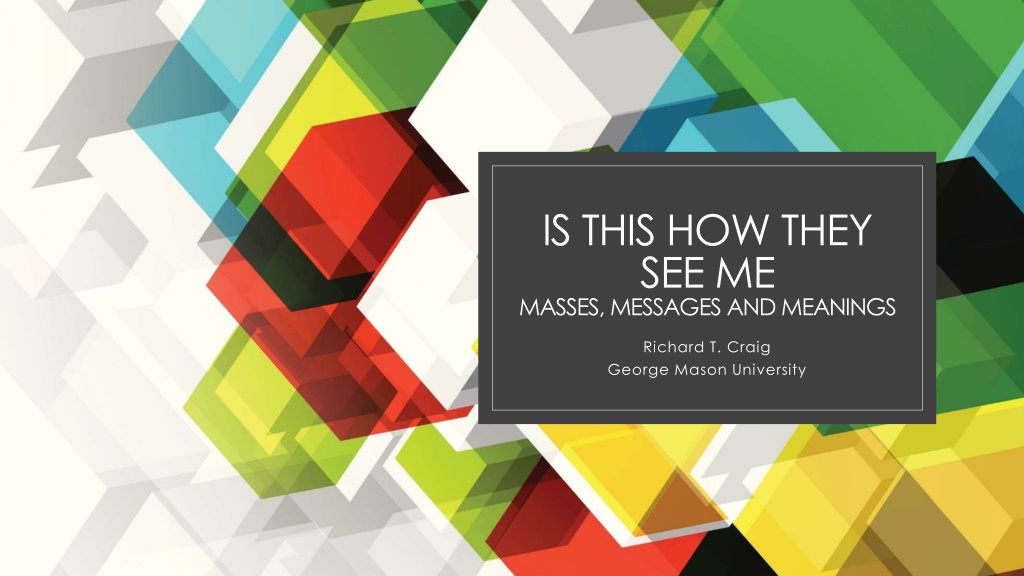
 undefined
undefined











